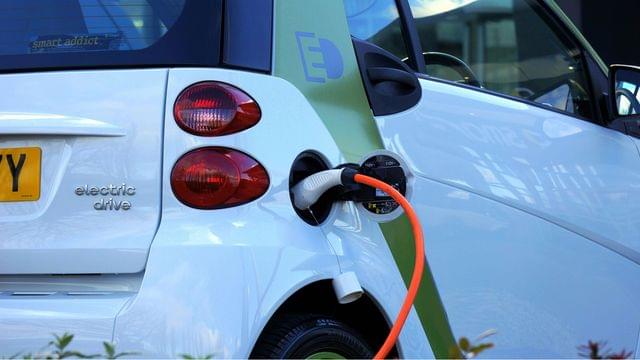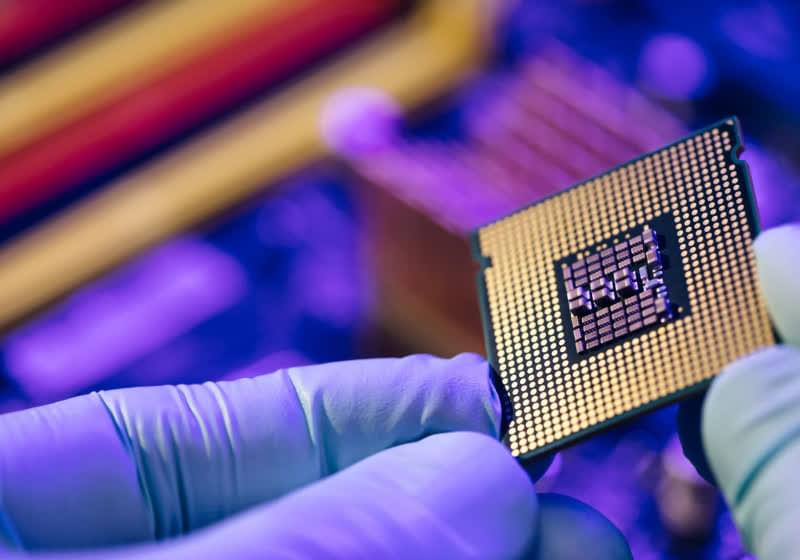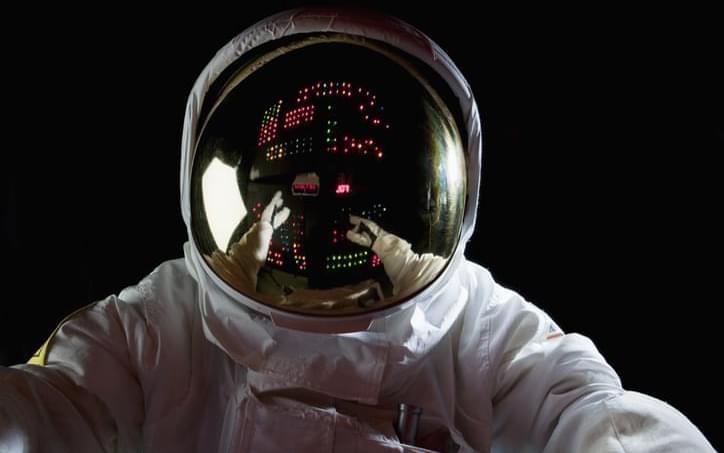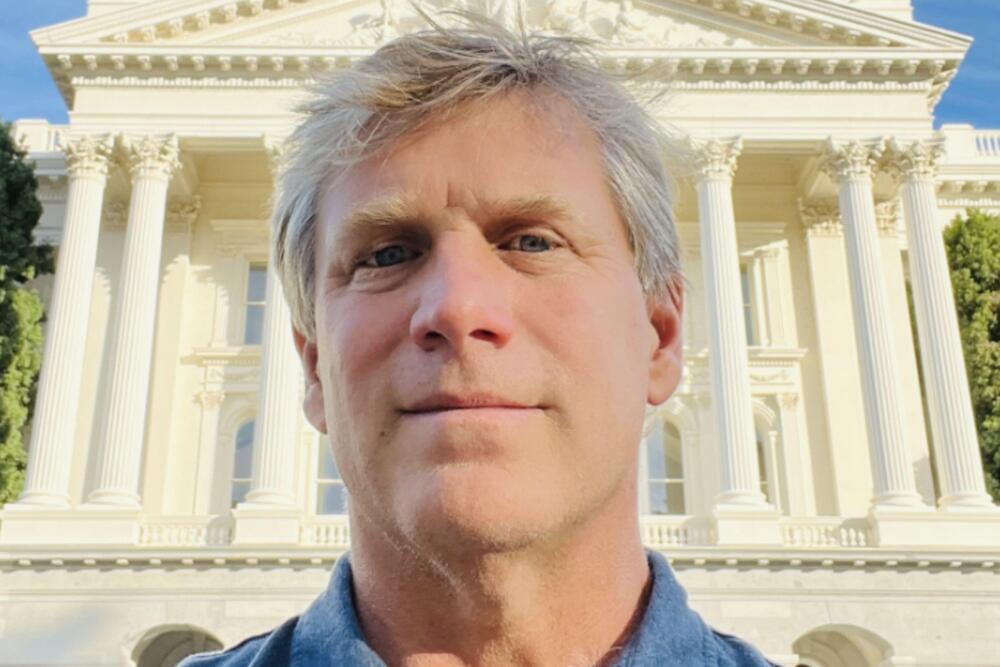The first Samsung 60TB SSD, the BM1743, has been launched. The company believes it is possible to launch a 120TB SSD in the future.



Tesla is preparing to start construction on its upcoming high-volume Semi factory in Nevada, as suggested by huge steel deliveries recently arriving to the site.
In a post on Sunday, X user HinrichsZane shared drone footage from the site of the upcoming Semi factory, which is being built as part of an expansion to Tesla’s existing Gigafactory in Sparks, Nevada. In the footage, you can see a massive amount of steel that was recently delivered to the site, suggesting that the company is nearing the start of construction on the long-awaited Semi factory.
You can see Hinrich’s full video below.



A new gene editing technique derived from bacterial “jumping genes” can add, remove, recombine and invert DNA sequences, potentially overcoming some of the limitations of CRISPR.
The approach is made possible by a molecule called bridge RNA, the discovery of which came about through a joint effort led by scientists at the Arc Institute in Palo Alto, California, in collaboration with the University of Tokyo. They described their work in a pair of papers published June 26 in Nature.

Why it matters: Moore’s Law might not be dead after all. A new technique using nanomaterials can further miniaturize transistors, allowing fab plants to pack more of them on each chip. This research opens up new possibilities for creating advanced semiconductor devices with features smaller than current lithography techniques allow.
A South Korean research team led by Director Jo Moon-Ho of the Center for Van der Waals Quantum Solids within South Korea’s Institute for Basic Science has made a significant advancement in semiconductor and nanomaterial technology that could lead to the development of much smaller, more efficient, and more powerful electronic devices. The new technique can grow “one-dimentional” metallic nanaomaterials with widths as narrow as 0.4 nanometers for use as gate electrodes on 2D substrates. The technique promises to overcome the limitations of traditional lithography.
Integrated devices based on two-dimensional semiconductors exhibit excellent electrical properties even when thinned to atomic-scale thickness, making them promising candidates for creating ultra-thin, high-performance electronic devices. A separate study indicates that these 2D logic circuits are promising candidates for the post-Moore’s Law era.

Editor’s note: Video above is about a NASA astronaut discussing an extended stay in space.
(THE CONVERSATION) – Only about 600 people have ever traveled to space. The vast majority of astronauts over the past six decades have been middle-aged men on short-duration missions of fewer than 20 days.
Today, with private, commercial and multinational spaceflight providers and flyers entering the market, we are witnessing a new era of human spaceflight. Missions have ranged from minutes, hours and days to months.

In addition to storm surge along the Texas coast, Hurricane Beryl is expected to bring flooding to rivers and creeks inland. That’s raising new concerns about a dam that’s already damaged from flooding earlier this year. Watch the video to see where the problem is and how it could impact drinking water for millions of people. — Videos from The Weather Channel | weather.com

A new feature story out on book Transhuman Citizen:
A former presidential candidate who believes a dramatic increase in science funding can help humans achieve biological immortality has told Newsweek he is considering a third White House run in 2028.
Zoltan Istvan ran as an independent candidate during the 2016 presidential election when he attracted widespread media attention for driving a bus modified to look like a coffin from San Francisco to Washington D.C., to illustrate his believe that death can be overcome.
In 2019 he challenged Trump for the Republican presidential nomination using the campaign motto “Upgrading America,” in what he admitted was primarily a stunt to increase conservative interest in his ideas.
Istvan is part of the global transhumanist movement of people who want to use emerging technology such as artificial intelligence to radically enhance human capabilities. Many transhumanists believe humans will eventually achieve biological immortality, meaning people will no longer die from illness or old age, and could potentially have their minds uploaded to computers and live virtually.
